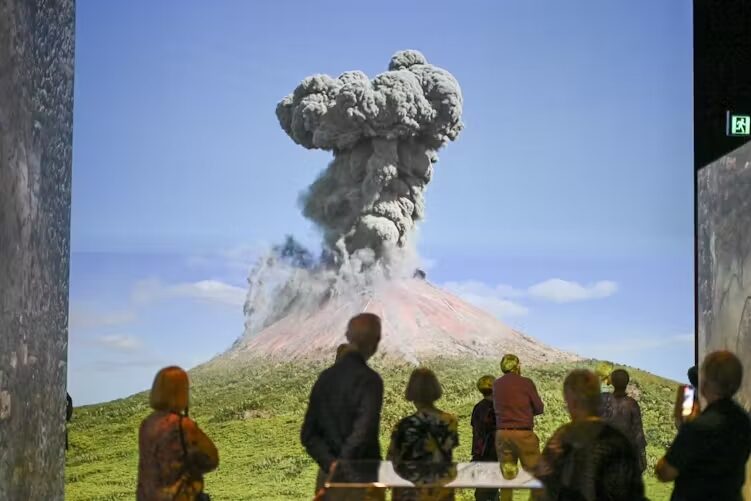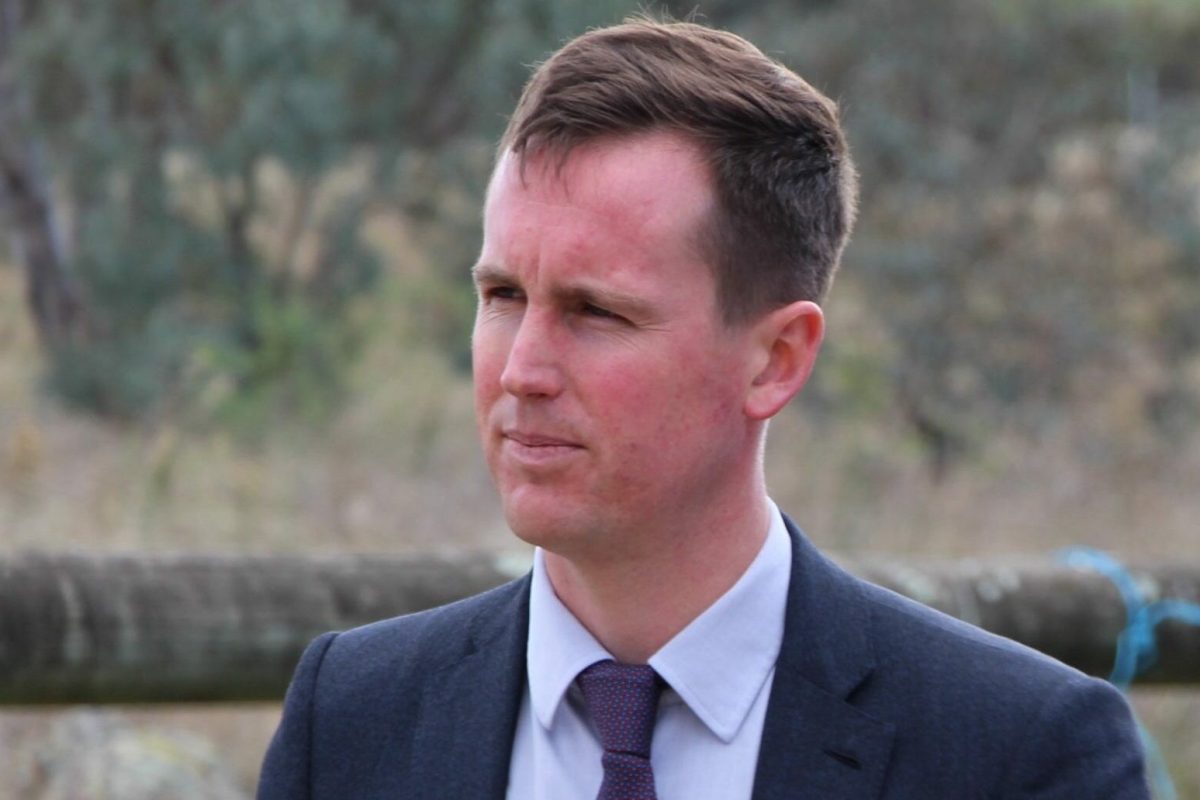
Should we be killing weeds rather than culling kangaroos? It’s the column that asks the big questions, it’s “Seven Days” with IAN MEIKLE.
MY black sense of humour is always piqued at this time of the year watching the environment minister of the day squirm their way through weeks of public pillorying over the annual kangaroo massacre, sorry, cull.

It’s not the brickbats especially, it’s just the bleak imagined image of Chief Minister Andrew Barr laughing his head off as another Greens environment minister gets walloped for what we all know in their hearts must be ideologically killing them, never mind the kangaroos.
In a strange comment, current minister Rebecca Vassarotti told the ABC at the start of this year’s cull: “Canberrans should be proud of having the most humane kangaroo management program in Australia.”
Yes, let’s proudly hold our heads up high as professional shooters nightly traverse the ridges and reserves, dispatching another 1650 kangaroos and joeys over the two months to July 31.
I’ve been looking through news reports of successive culls since 2009, when fellow Greens MLA Shane Rattenbury pragmatically tried to explain it away every year until Labor’s impervious Mick Gentleman took the environment portfolio in 2016 to pass it to Vassarotti after the 2020 election.
Paul Costigan, he of the “Canberra Matters” columns, often despairs at the hypocrisy rather than hope the six Greens MLAs have brought to the current Assembly. He accuses the Greens of looking the other way when the ideological going gets tough, captives he thinks of the perks of parliamentary life (by way of illustration, Minister Vassarotti is left to cry in her chardonnay on an annual salary of $291,592).
But hypocrisy doesn’t come any better than the battle reader Julie Lindler, of Farrer, has been quietly raging for 17 years. Hers is a war on weeds.
She has fruitlessly written to every environment minister since 2005 (that’s Jon Stanhope, Simon Corbell, Gentleman and Vassarotti) and concludes that the ACT government is “dysfunctional and disingenuous”.
“On one hand they allocate $800,000 to continue slaughtering Eastern Grey kangaroos but do virtually nothing about weed control,” she says.
“If the ACT government was genuine about saving endangered flora and fauna of ACT’s remnant grassy woodlands and reserves they should concentrate on suppressing the invasion of weeds.
“They claim that kangaroos are the main threat to these grasslands but have failed to provide any scientific-based, meaningful data to substantiate it.

“The spread of invasive weeds poses a great threat to the biodiversity of grassy woodlands and reserves by severely impacting on the endangered plants, reptiles, insects and bird life.
“For years many invasive weeds such as St John’s Wort, Paterson’s Curse, African Love Grass, Serrated Tussock, Chilean Needle Grass and many more exotic grasses and forbs have been allowed to spread unchecked though most of the ACT’s southside reserves.
“There is a Pest Plants and Animals Act 2005 where certain plants ‘Must be suppressed’, ‘Must be contained’, ‘Prohibited’, but not much effort goes into taking any action and very little in funding is set aside to tackle weeds.
“Reserve managers fail to see the importance of looking at the whole ecosystem to ensure a healthy landscape. Instead they choose a one-dimensional approach and blame an abundance of kangaroos for the degradation and loss of species.
“Kangaroos do not harm their environment. Their soft feet do not compact the shallow soils our region is known for. They provide essential nutrients to sustain the plants and trees. They assist in keeping the tall grasses low in the fire season. They allow renewal of life by stimulating plant growth each spring thus increasing biodiversity.
“What is the justification for culling another 1650 kangaroos when there is an abundance of vegetation due to well-above-average rainfall in 2020, 2021 and so far in 2022?
“The spread of these weeds and the destruction of local flora and fauna is a direct result of this government’s complete neglect of their responsibility as land managers”.
Same again next year, lads?

READER Geoff Rushmer, of Macquarie, emailed Labor’s Chris Steel just before the squillion-dollar contracts’ schmozzle blew up in the skills minister’s face, questioning the CIT’s core business – training.
He was inspired to write after seeing an ABC TV news report about the redevelopment of the new CIT campus at Woden involving Steel.
“Some of the video was celebrating training girls in trades and showed two using nail guns to nail an internal wall frame – the problem was that one was about to fire a nail into the frame with her gun pointing directly at the face of the other less than 300 millimetres away,” he wrote.
“Unbelievable and deadly. Obviously CIT shouldn’t expand until they get some decent work safe-aware trainers!”
Needless to say, he’s heard nothing from the minister.
Ian Meikle is the editor of “CityNews” and can be heard on the “CityNews Sunday Roast” news and interview program, 2CC, 9am-noon. There are more of his columns on citynews.com.au
Who can be trusted?
In a world of spin and confusion, there’s never been a more important time to support independent journalism in Canberra.
If you trust our work online and want to enforce the power of independent voices, I invite you to make a small contribution.
Every dollar of support is invested back into our journalism to help keep citynews.com.au strong and free.
Thank you,
Ian Meikle, editor




Leave a Reply